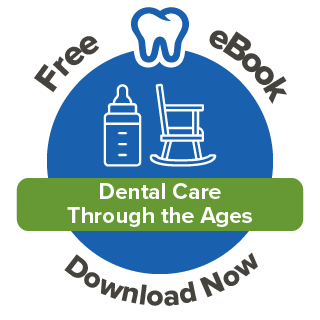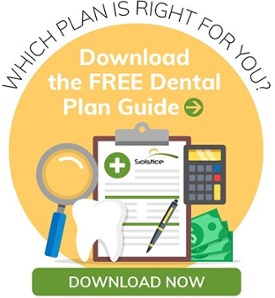By Deborah Pinnock on Mar 31, 2015 @ 03:30 PM
Signing up for health, dental or vision insurance (or a plan that covers all of them) can introduce you to a whole new vocabulary. There are words and phrases used in insurance lingo that you don’t use every day. This can make understanding your benefits difficult. Knowing what some of these terms mean, however, can help you better understand how your plan works.
We are here to boost your brain with 15 of the most common insurance terms and their definitions. Soon, you’ll be a walking talking insurance pro!
A
Accident
In the world of insurance, an accident is an unexpected and unavoidable event that results in a major or minor injury to the body.
Accumulation Period
This is the period in which a person covered by insurance has paid medical expenses that qualify toward satisfying that year's deductible. Don’t worry…we’ll explain what deductibles are, too!
Actual Charge
Actual charge is the amount charged by health care providers for their services. It is not the same as the allowable charge, which is the amount your plan will cover. Think of this as the “retail price” rather than a “wholesale price” for medical services.
Acute Care
Acute care is temporary care provided for serious injuries, illnesses, and recovery from surgery.
Admits
This is the number of people covered under a policy who are admitted to a hospital during the plan year. Helpful tip: Members should check their plan details to see what their policy will cover.
Adverse Selection
This is when an insurance company chooses to provide coverage to someone who is at greater risk for using the insurance than others. An insurance company with too many members at a higher risk may need to raise their rates. This is to help cover the costs of providing benefits to those with greater medical need.
Allowable Charge
This is the amount your insurance has agreed to pay for health care services and supplies. This may be different from the actual charge billed by the health care professional. Your insurance carrier likely negotiated special rates for its members.
Annual Limit
Annual limit is the maximum dollar amount an insurance company will pay for claims within a given year for any person they cover. Your plan details or benefit summary will list your yearly limit. This can also be called your calendar year maximum for dental plans. Some plans, such as certain types of HMOs, might not have an annual limit. And, under the new Affordable Care Act, essential health benefit medical plans no longer have an annual limit. This has been replaced by a maximum out-of-pocket amount.
Assignment of Benefits
This is when an insurance company pays benefits directly to the health care provider, rather than to the member. Most health, dental and vision insurance companies have an assignment of benefits model. The carrier works directly with the medical provider, so the member doesn’t have to make claim payments.
B
Benefit Year
The definition of a year, as set by the insurance policy, may be different from the standard calendar year (Jan 1-Dec 31). Some insurance plans begin in the fall or spring, for example. Benefits, rates, plan types and coverage levels may change at the beginning of the defined benefit year. And annual limits will be reset. If the benefits are provided by an employer, they are required to tell their employees about the new benefit year and provide an open enrollment period. Employees can choose if they want to enroll in or decline coverage for that year.
C
Coinsurance
The amount a person with insurance coverage must pay for health care services after co-payments and deductibles are met.
Co-payment
A co-payment is a pre-set charge that an insurance plan requires its members to pay for services, prescriptions and medical supplies. As a member of the insurance plan your copay is discounted from the original cost. For example, a co-pay for a family doctor visit may be $15, while a co-pay for a teeth cleaning could be $25. The co-pay varies between insurance companies, and even by plan type. The schedule of benefits and benefits handbook will list what the co-pays and services will cost. Insurance plans can require members to only visit a doctor or provider in their network to receive the co-pay discount. Helpful tip: Know before you go. Members can find out if their provider is part of the network by going to their insurance plan website or giving the provider a call.
D
Deductible
This is the dollar amount an insurance company requires its members to pay every year before insurance benefits kick in. Not every health insurance plan has a deductible.
E
Enrollment Period
This the designated window of time where people can sign up for a health insurance plan or make changes to their existing plan.
G
Group Health Insurance
Once you get familiar with these terms, understanding your policy becomes a lot easier. You’ll have the peace of mind that comes with knowing exactly what's covered, how it's covered, and when it's covered. So, there will be no surprises when you need to use it!
Want to have Solstice benefits?
Call our sales team at 877.760.2247 or email Sales@SolsticeBenefits.com
Already have Solstice benefits?
See your plan details by going to https://www.mysmile365.com/ or calling us at 1.877.760.2247.





comments